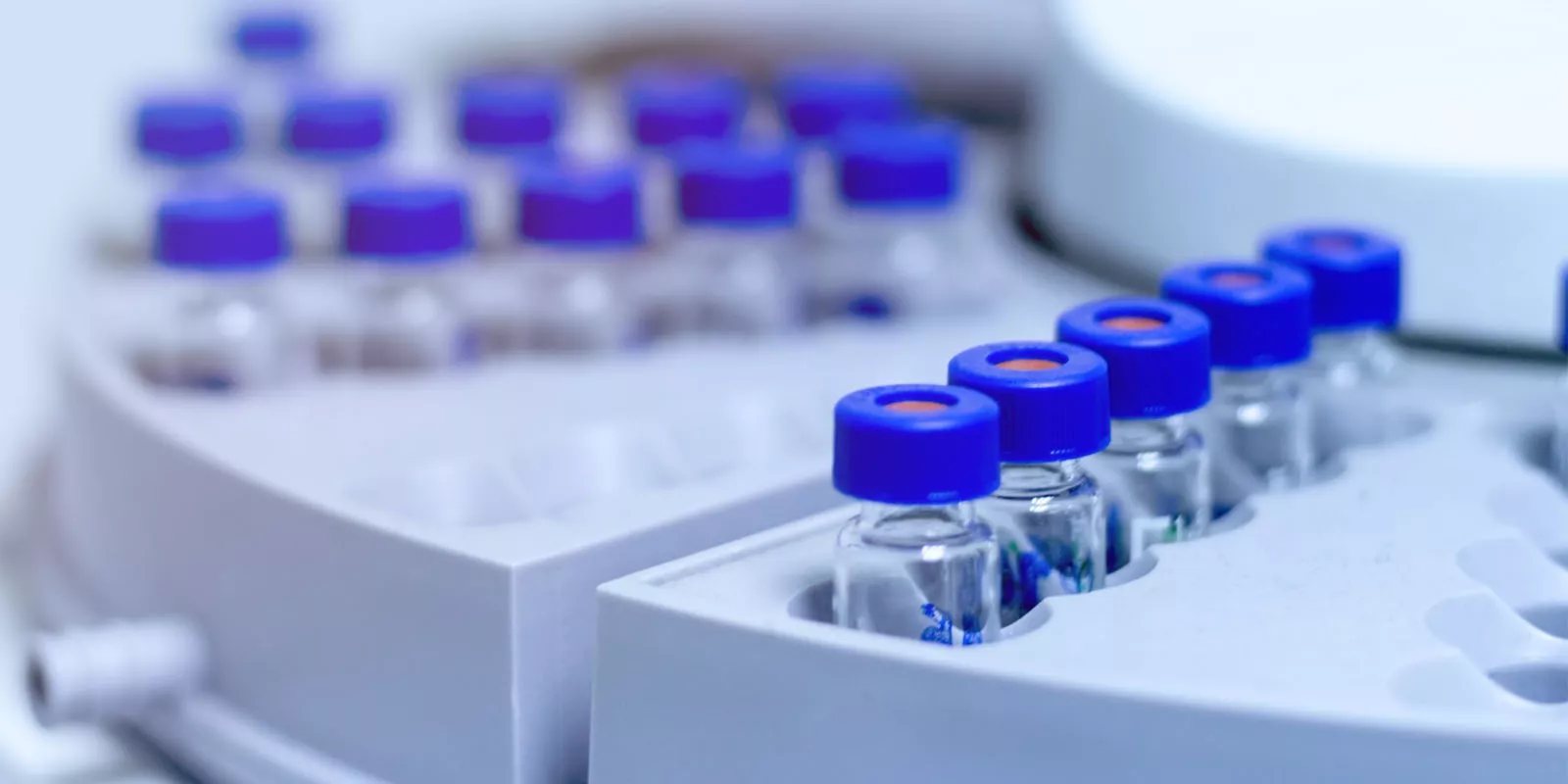“Self-healing” protection for liquid medicines – Part 2
Thermoplastic elastomers (TPE) are becoming increasingly popular for medical closure caps. Compared to classic elastomers, their advantageous property profile increases functionality and leads to more economical production. The prerequisite for this is a holistic approach to the selection of existing portfolio products or the development and selection of suitable, innovative TPE materials. In “Self-healing” protection for liquid medicines – Part 1, everything revolves around the specific challenges in the area of caps and closures, and what advantages TPE has over other materials. In the following, interested parties will learn why thermoplastic elastomers from KRAIBURG TPE are ideally suited for current and future caps and closure applications in the medical market and how conformity and compatibility are ensured.
Custom-engineered materials
KRAIBURG TPE has performed comprehensive adhesion tests in order to support its customers in developing appropriate and innovative applications. Although the focus was on the permanent adhesive strength of the material composite in practical use, the initial adhesion plays a crucial role for easy ejection of the final elements with cycle times as short as possible. The laboratory and practical tests resulted in a series of Thermolast M products that are characterized by outstanding initial adhesion. Many of these medical grade TPEs also provide excellent flowability and can be processed at relatively low temperatures. The world’s first TPEs for medical applications in composites with polyamides were among the products the company introduced as early as in 2019.
The starting point for developing custom-engineered TPEs for pharmaceutical pierceable seals was provided by two types of materials that had already been tried and tested in several sealing applications, which also included two-component composites with polypropylene and polyethylene, two of the most frequently used partner materials. The materials needed to be custom-engineered, since one single TPE that would be suitable for every possible application does not exist. On the contrary: The composition of the formulation has to provide not only a wide range of design freedom but also scope for very specific materials settings. For this reason, materials experts needed to be included in the development of applications as early as possible. This also helped to avoid expensive subsequent improvements in geometry and tool design.
This approach aimed to take all conceivable requirements into account – the production of cap and seal using multicomponent injection molding or welding, compatibility with the cap material, the type and shape of the piercing instrument, the desired color and gliding quality of the compound as well as global and regional standards including USP 661. The result is a TPE that is custom-engineered for each specific case.
Medical compatibility
In addition, medical grade compounds meet strict international standards for biocompatibility including USP Class VI (Chapter 88), ISO 10993-5 (cytotoxicity), ISO 10993-10 (intracutaneous irritation), ISO 10993-11 (acute systemic toxicity) and ISO 10993-4 (hemolysis). They are exclusively produced in special production lines in accordance with Regulation (EU) 2023/2006 without the use of heavy metals, latex or phthalates.
Ensuring that the raw materials are fully traceable as well as providing guaranteed change management and formulation consistency in compliance with VDI guideline 2017 is part of our support for customers in the medical and pharmaceutical sectors. In addition, drug master files (DMF) for all types are submitted to the US Food and Drug Administration (FDA). All of this can expedite the worldwide approval and launching of new applications.
Conclusion
Today, pierceable seals in caps of containers for liquid pharmaceutical agents must meet very specific requirements for application and processing. This requires new, flexible materials solutions tailored to suit special customer specifications and the relevant practical use. Thermoplastic elastomers provide optimum scope for custom-engineered cap and seal systems with enhanced functionality and cost-efficient production.
No matter whether you are currently in the planning phase or already using alternative solutions - feel free to contact us. We look forward to exchanging ideas with you!
Autor | Oliver Kluge
Market Segment Manager Medical Applications

Phone: +49 8638 9810-479
E-Mail: oliver.kluge@kraiburg-tpe.com
Press | Juliane Schmidhuber
PR & Communications Manager

Phone: +49 8638 9810-568

